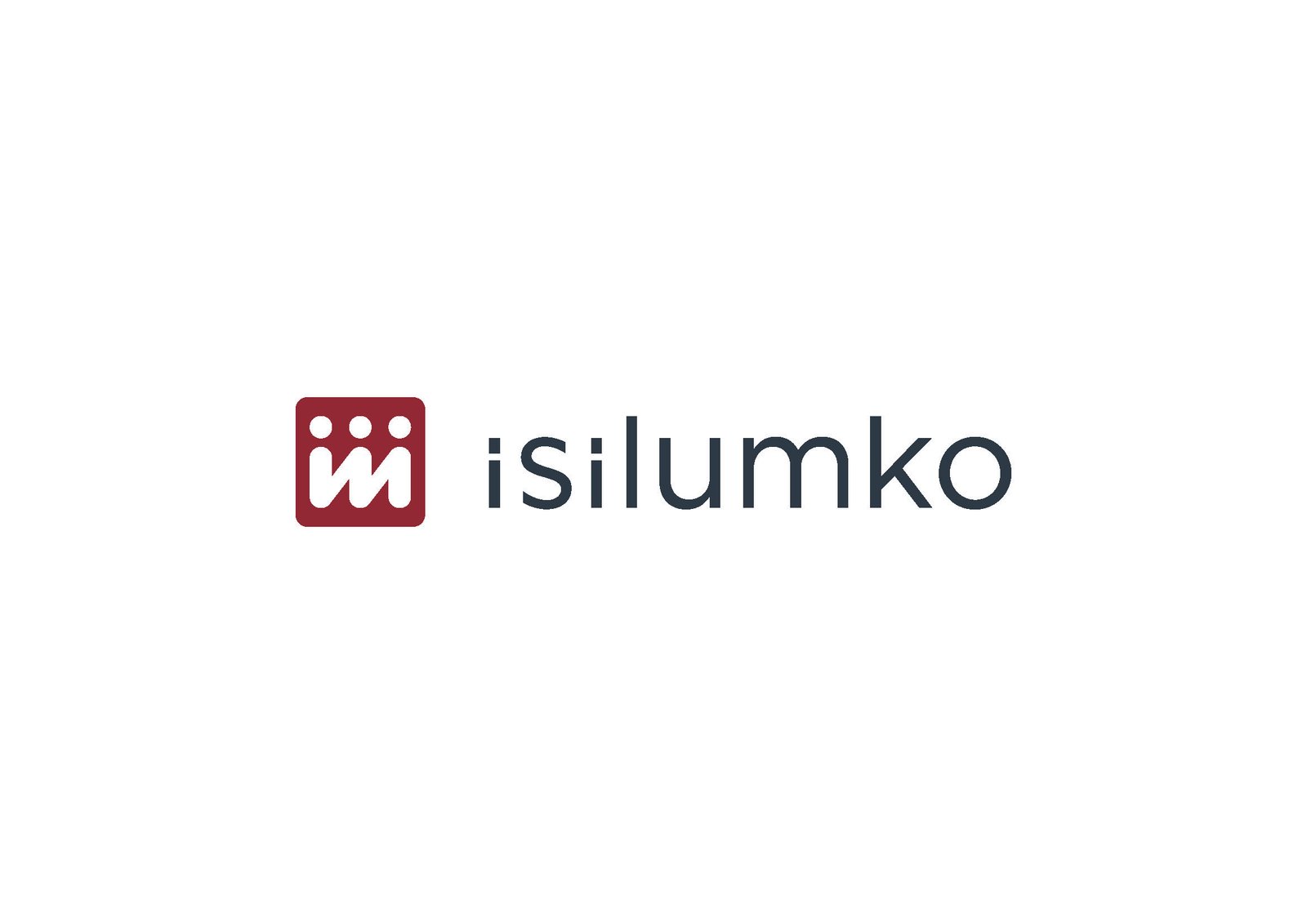A successful marketing strategy is one that not only captures the audience’s attention but also compels them to act. Brand activation techniques have proven to be effective in achieving both objectives. By creating interactive and immersive experiences, brands can engage their audience, increase visibility, and leave a lasting impression.
In this article, we will explore the different brand activation techniques, their impact on marketing strategies, and how brands can implement them to achieve their desired outcomes. From experiential marketing and interactive brand campaigns to creative brand activations and immersive brand experiences, we will provide real-life examples and practical tips for successful brand activations.
Key Takeaways
- Brand activation techniques are effective in engaging the audience and increasing visibility.
- Experiential marketing, creative brand activations, interactive brand campaigns, and immersive brand experiences are some of the popular brand activation techniques.
- Real-life examples and practical tips can help brands implement successful brand activations.
Understanding Brand Activation
In the world of marketing and advertising, one of the most effective ways to engage with consumers and create meaningful connections is through brand activation. A term that refers to the process of bringing a brand to life and creating an emotional connection with the audience, brand activation is a powerful tool for building brand awareness, driving engagement, and boosting sales.
At its core, brand activation is about creating a unique experience that captures the essence of a brand and resonates with the audience. It can involve a wide range of tactics and strategies, from experiential marketing and interactive campaigns to creative activations and immersive brand experiences.
The key to successful brand activation is understanding the target audience and their needs, desires, and motivations. By focusing on what makes the audience tick, brands can create experiences that are more relevant, memorable, and impactful. Whether it’s through a pop-up event, a social media campaign, or a product launch, brands that excel at brand activation are those that are willing to think outside the box and take risks.
Ultimately, brand activation is an essential part of any successful marketing strategy. By engaging the audience and creating meaningful connections, brands can boost visibility, drive sales, and build long-term relationships with their customers. To achieve the desired impact, companies should invest in innovative and tailored brand activation marketing strategies that resonate with their target demographics. These strategies not only enhance brand loyalty but also encourage word-of-mouth referrals, amplifying reach and influence. By continuously adapting and optimizing these approaches, brands can stay relevant and effectively meet the evolving needs of their audience.

Experiential Marketing Strategies
Experiential marketing is a powerful brand activation technique that seeks to engage consumers by giving them a memorable experience. It is a way to bring products and services to life by creating immersive experiences that allow consumers to interact with them. The goal is to foster a deeper connection with the brand, create a positive emotional response, and drive customer loyalty.
One excellent example of experiential marketing is the Coca-Cola Happiness Machine. The campaign involved the installation of a vending machine that dispensed more than just drinks. When consumers purchased a Coke, the machine dispensed a variety of surprises, including pizza, flowers, and even a giant sub sandwich. The campaign was a huge success, generating millions of views on social media and driving brand loyalty.
| Benefits of Experiential Marketing: |
|---|
| 1. It creates a deeper emotional connection with the brand. |
| 2. It provides a more immersive and memorable experience for the consumer. |
| 3. It drives customer loyalty and advocacy. |
Experiential marketing works best when the experience is engaging, relevant, and shareable. By creating a unique and memorable experience, brands can generate buzz and increase visibility. For example, the National Geographic “Genius” campaign involved the installation of an Einstein-themed pop-up barbershop in London. The experience allowed customers to have their hair styled to look like Einstein’s famous wild hairdo, generating a lot of social media shares and engagement.
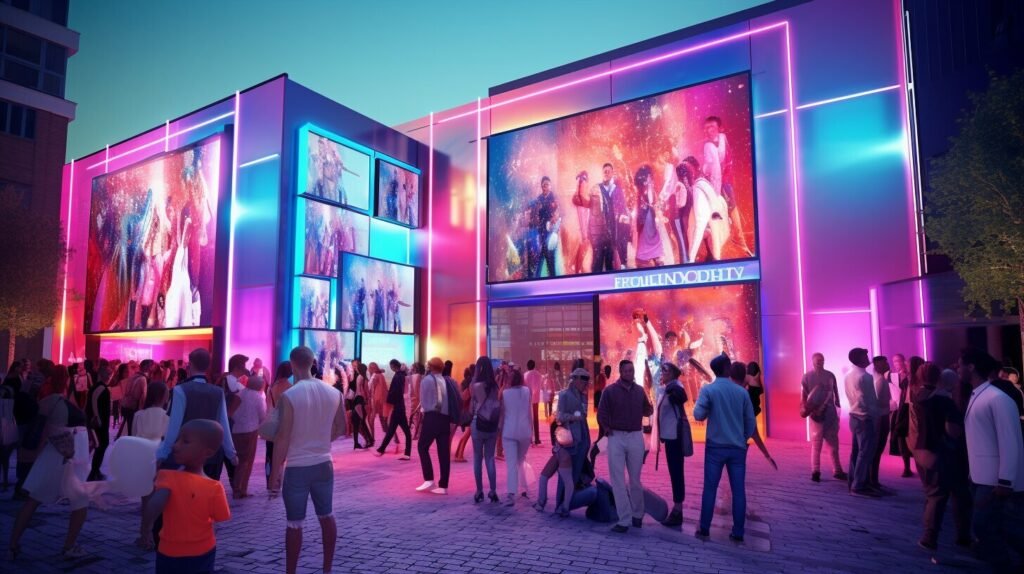
Overall, experiential marketing is a highly effective brand activation technique that can create lasting connections with consumers. By creating immersive experiences that engage the audience, brands can differentiate themselves from the competition and drive customer loyalty.
Creative Brand Activations
While traditional advertising methods can still be effective, modern audiences are looking for more innovative and engaging ways to interact with brands. Creative brand activations can provide just that, offering new and exciting ways to captivate an audience’s attention.
One example of a successful creative brand activation is Volkswagen’s “Piano Staircase” campaign. The automobile company installed a staircase in a busy subway station in Stockholm, Sweden, but instead of traditional steps, the stairs played musical notes when stepped on. This encouraged commuters to take the stairs instead of the escalator, creating an interactive experience and promoting a healthy lifestyle.
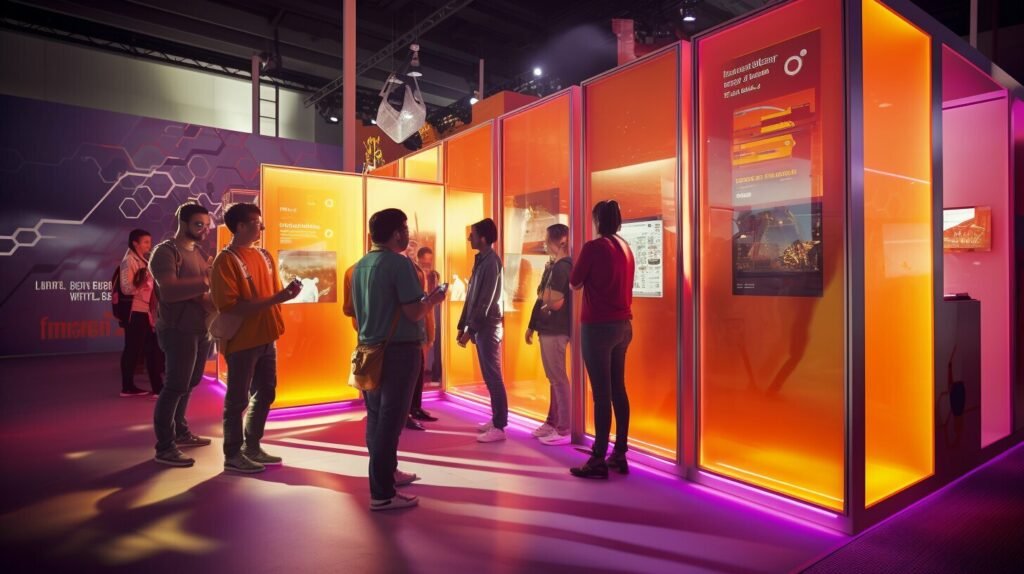
Another example is Nike’s “Unlimited Stadium” campaign in the Philippines. The brand created a pop-up stadium in Manila, featuring a 200-meter running track with LED screens displaying the runner’s progress. The campaign incorporated social media, allowing runners to compete against each other virtually and share their results online.
By thinking outside the box and creating unique experiences, brands can effectively engage their audience and leave a lasting impression.
Interactive Brand Campaigns
Interactive brand campaigns are a powerful tool for capturing the audience’s attention and creating meaningful connections with consumers. By incorporating elements of interactivity, brands can engage their audience in a way that is fun, memorable, and effective.
One example of an interactive brand campaign is the Share a Coke campaign by Coca-Cola. The campaign invited consumers to customize Coke bottles with their own names, or the names of friends and loved ones, and share them on social media. This campaign was a huge success, with over 150 million personalized Coke bottles sold and a 2% increase in sales worldwide.

Another example of an interactive brand campaign is the Super Bowl Twitter Bingo campaign by Oreo. During the 2013 Super Bowl, Oreo created a Twitter game where users could play along during the game by filling in squares on a virtual bingo card. This campaign was a huge success, generating over 10,000 tweets and increasing Oreo’s Twitter following by 8,000 followers.
The key to successful interactive brand campaigns is to create an experience that is both fun and relevant to the brand. By incorporating elements of interactivity, brands can engage their audience in a way that is memorable and effective.
Immersive Brand Experiences
Immersive brand experiences are a powerful way to engage with audiences and create a lasting impact. These experiences transport consumers into a world that is uniquely tied to the brand, forging an emotional connection that can last well beyond the experience itself.
One example of a successful immersive brand experience is Nike’s “House of Innovation” store in New York City. The store combines physical and digital elements to create a seamless and personalized shopping experience for customers. Visitors can use the Nike app to scan QR codes throughout the store, unlocking content and exclusive products tailored to their preferences and shopping history.

Another example is the “Star Wars: Secrets of the Empire” virtual reality experience created by The VOID. Participants don VR gear and are transported into the Star Wars universe, where they can interact with virtual characters and objects in a fully immersive environment. The experience was so successful that The VOID has now expanded to multiple locations around the world.
Immersive brand experiences can take many forms, from pop-up installations to fully realized theme parks. But no matter the execution, the key is to create an environment that is uniquely tied to the brand and provides consumers with a memorable and engaging experience.
Successful Brand Activation Examples:
Many brands have successfully implemented brand activation techniques, resulting in increased visibility, engagement, and ultimately, sales. Here are some examples: By leveraging experiential marketing and interactive campaigns, these brands have created memorable experiences that resonate with their target audience. Whether through social media challenges, pop-up events, or influencer partnerships, they have shown that engaging customers in unique ways can significantly boost your brand awareness today. The results speak for themselves, demonstrating the power of thoughtful brand activation strategies in driving business growth.
| Brand | Tactic | Impact |
|---|---|---|
| Nike | Immersive pop-up store | Generated over 6,000 social media posts and a 200% increase in sales within the first month. |
| Coca-Cola | Share a Coke Campaign | Increased sales by 2.5% in the US and 7% in Australia, generating over 500,000 photos shared on social media. |
| Taco Bell | Steal a Base, Steal a Taco | Offered a free taco to customers whenever a base was stolen during the World Series, resulting in a 13.2% increase in sales and significant social media buzz. |
These successful brand activation campaigns demonstrate the power of engaging the audience and creating memorable experiences. By thinking outside the box, brands can connect with consumers on a deeper level and achieve greater brand loyalty and recognition.
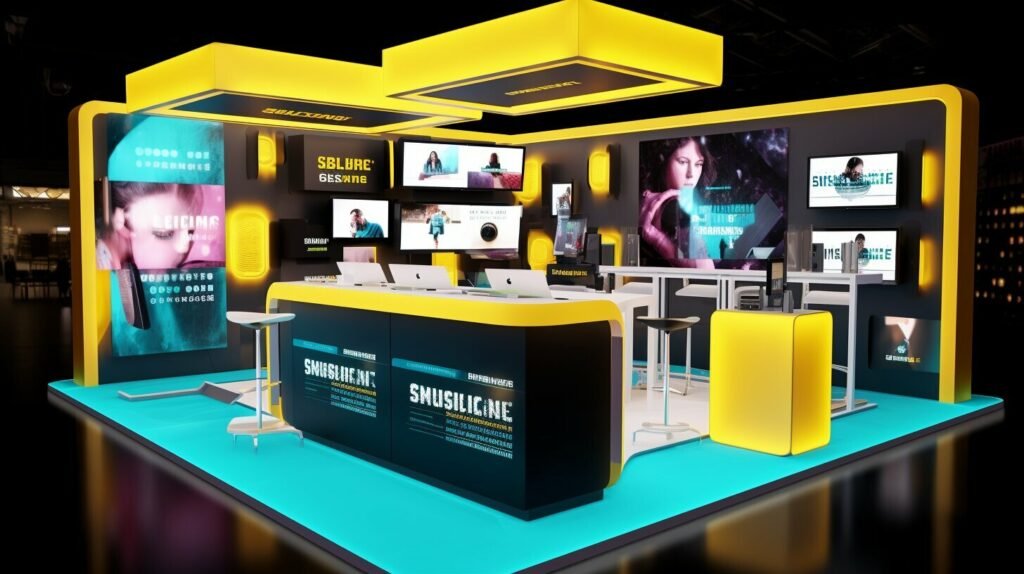
Brand Activation Trends
Brand activation is a constantly evolving field, and staying up-to-date on the latest trends is essential for success. Here are some of the top brand activation trends to watch:
Virtual and Augmented Reality
Virtual and augmented reality technologies have become increasingly popular for brand activation campaigns. Brands can use these technologies to create immersive experiences that engage the audience and leave a lasting impression. For example, Pepsi Max used augmented reality to create a vending machine that played realistic pranks on unsuspecting customers, generating over 4 million views on YouTube.
Personalization
Consumers are increasingly demanding personalized experiences from brands. By tailoring activations to individual preferences and interests, brands can create more meaningful connections with their target audience. For example, Coca-Cola created personalized bottles with individual names on them, which generated a huge amount of social media buzz and boosted sales.
Social Media Integration
Social media is a powerful tool for brand activation campaigns, and integrating social media into activations can help to amplify their reach and impact. Brands can encourage consumers to share their experiences on social media by creating shareable content, using hashtags, and offering incentives. For example, Heineken created a social media campaign that encouraged consumers to share photos of themselves enjoying a Heineken beer, with the chance to win a trip to Amsterdam.
Brand Purpose
Consumers are increasingly looking for brands that align with their values and beliefs. Brand activations that reflect a brand’s purpose and commitment to social or environmental issues can help to build stronger connections with consumers. For example, Nike’s “Dream Crazy” ad campaign featuring Colin Kaepernick sparked controversy but also generated significant buzz and support from consumers who appreciated the brand’s stance on social justice issues.
By staying on top of these and other emerging trends, brands can continue to evolve their brand activation strategies and engage their audiences in new and exciting ways.
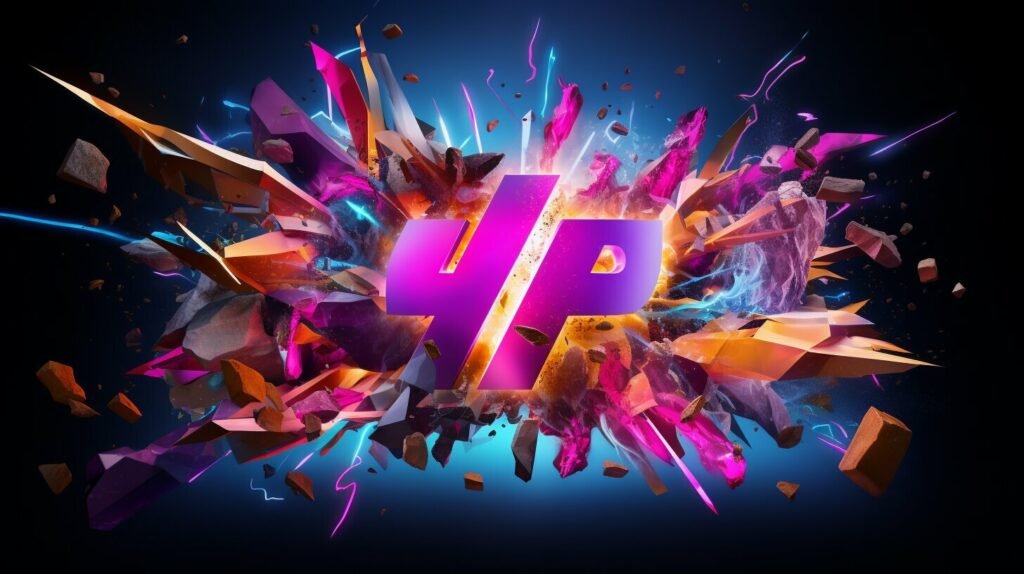
Measuring the Effectiveness of Brand Activation
Measuring the effectiveness of a brand activation campaign is crucial for determining the success of the strategy. By analyzing key metrics, brands can evaluate the impact of their brand activations and make informed decisions for future campaigns.
The following are some of the most important metrics to consider when measuring the effectiveness of brand activations:
- Brand Awareness: Measuring the increase in brand awareness can be an indicator of the success of a brand activation campaign. This can be measured through surveys and social media analytics.
- Engagement: The level of engagement with the audience during the activation is a key metric to evaluate. This can be measured through the number of interactions and shares on social media, as well as the number of attendees.
- Sales: If the goal of the brand activation is to increase sales, this should be a key metric for measuring effectiveness. Tracking sales before and after the activation can provide a clear picture of its impact.
- Brand Loyalty: Building brand loyalty is a long-term goal of brand activations. Measuring repeat business and customer satisfaction can provide insight into the success of the campaign.
It is important to establish clear goals and objectives for each brand activation campaign before measuring effectiveness. This allows for better comparison and evaluation of success. By analyzing the metrics above, brands can gain valuable insights into the effectiveness of their brand activation campaigns.

Tips for Implementing Brand Activation Techniques
Implementing brand activation techniques can be challenging, but it is essential for marketers to engage with their audience and boost visibility. Here are some practical tips to ensure successful brand activation:
- Understand your audience: It is crucial to know your target audience and their preferences. This knowledge helps in creating campaigns that resonate with them.
- Think outside the box: Engage your audience by coming up with creative and innovative ideas. Don’t be afraid to try something new and different.
- Immerse your audience: Create an immersive experience that allows your audience to connect with your brand on a deeper level.
- Use social media: Leverage the power of social media to promote your brand activation campaign and engage with your audience.
- Collaborate with influencers: Partner with influencers to extend your reach and amplify your message.
- Measure your success: Use key metrics to evaluate the effectiveness of your brand activation campaigns and make improvements for future campaigns.
By following these tips, you can create a successful brand activation campaign that engages your audience and boosts your brand’s visibility.
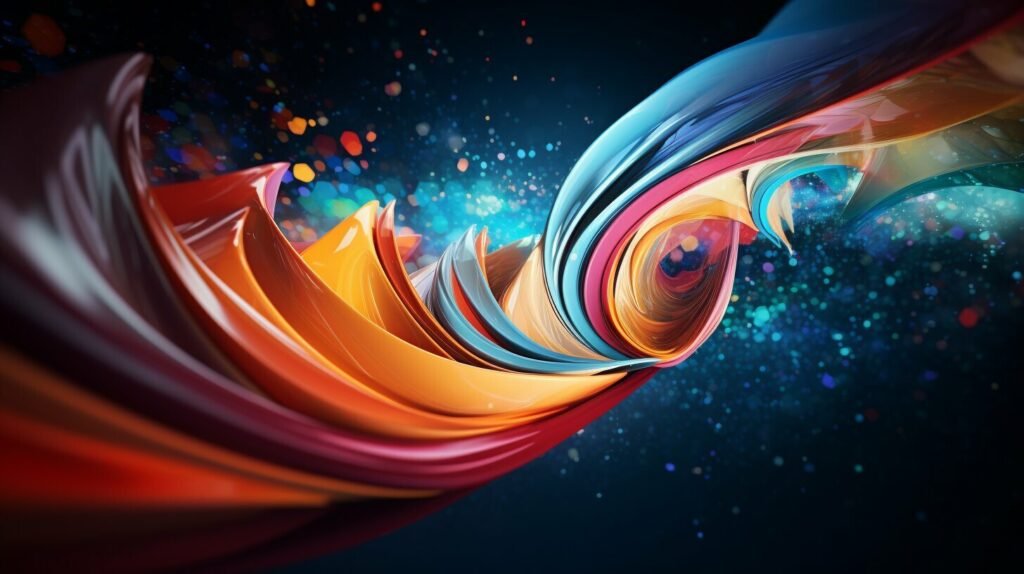
Conclusion
In conclusion, brand activation is an essential component of any successful marketing strategy. Engaging the audience through experiential marketing, creative brand activations, interactive brand campaigns, and immersive brand experiences can help boost visibility and create meaningful connections with consumers.
As highlighted in this article, real-life examples of successful brand activation campaigns can provide valuable insights into the tactics and strategies used to achieve success. It is also important to stay up-to-date with the latest trends in brand activation and to continually measure the effectiveness of strategies to ensure optimal results.
When implementing brand activation techniques, it is crucial to keep in mind key considerations and best practices to ensure success. With strategic planning and thoughtful execution, brands can effectively activate their audience and achieve their marketing goals.
Overall, brand activation plays a critical role in enhancing marketing strategies and engaging consumers. By prioritizing brand activation, brands can stand out in a crowded market and create a lasting impact on their audience.
How Can Brand Activation Techniques Enhance the Effectiveness of Promotional Campaigns?
Brand activation techniques are crucial for enhancing the effectiveness of promotional campaigns. By creating engaging experiences and connecting with consumers on a deeper level, brands can leave a lasting impact. This, in turn, can lead to an increase in brand awareness, customer loyalty, and ultimately, effective promotional campaigns boost success.
FAQ
Q: What are brand activation techniques?
A: Brand activation techniques are strategies and initiatives used by companies to engage their audience and increase the visibility of their brand. These techniques aim to create a meaningful connection with consumers and enhance marketing efforts.
Q: Why is brand activation important?
A: Brand activation is important because it helps companies stand out in a crowded market and create a lasting impression on consumers. It allows brands to connect with their audience in a memorable way, leading to increased visibility and customer loyalty.
Q: What is experiential marketing and how does it relate to brand activation?
A: Experiential marketing is a strategy that focuses on creating immersive brand experiences for consumers. It involves interactive and engaging activities that allow consumers to interact with the brand firsthand. Experiential marketing is an effective way to activate a brand and create a lasting impression on consumers.
Q: Can you provide examples of successful experiential marketing strategies?
A: Some successful experiential marketing strategies include pop-up events, brand activations at festivals or trade shows, interactive installations, and augmented reality experiences. These strategies allow consumers to engage with the brand in a unique and memorable way, leaving a lasting impression.
Q: What are creative brand activations?
A: Creative brand activations are innovative and unique strategies used by companies to engage their audience. These activations involve thinking outside the box and utilizing creative concepts and ideas to capture the attention of consumers.
Q: How can interactive brand campaigns enhance brand activation?
A: Interactive brand campaigns are designed to actively involve consumers in the brand experience. These campaigns utilize technology and interactive elements to capture the audience’s attention and create an engaging and memorable brand activation.
Q: Can you provide examples of successful interactive brand campaigns?
A: Some successful interactive brand campaigns include gamified experiences, social media challenges, virtual reality activations, and interactive displays. These campaigns encourage active participation from consumers and create a buzz around the brand.
Q: What are immersive brand experiences?
A: Immersive brand experiences immerse consumers in the brand’s world, creating a multi-sensory and memorable experience. These experiences can be physical, digital, or a combination of both and aim to leave a lasting impression on the audience.
Q: How can brands create immersive brand experiences?
A: Brands can create immersive brand experiences by utilizing technology, storytelling, sensory elements, and interactive components. By creating a unique and memorable experience for their audience, brands can activate their brand effectively.
Q: Can you provide examples of successful brand activation campaigns?
A: Some successful brand activation campaigns include Red Bull’s Stratos, Coca-Cola’s Share a Coke, and Nike’s Just Do It campaign. These campaigns utilized various strategies and tactics to engage the audience and achieve success.
Q: What are the latest trends in brand activation?
A: The latest trends in brand activation include personalized experiences, influencer collaborations, experiential marketing through virtual and augmented reality, and utilizing user-generated content. These trends help brands stay relevant and connect with their target audience.
Q: Why is it important to measure the effectiveness of brand activation campaigns?
A: Measuring the effectiveness of brand activation campaigns allows companies to evaluate the success of their strategies and make data-driven decisions. It helps in understanding the impact of brand activations on visibility, customer engagement, and ROI.
Q: What are some key metrics for evaluating the success of brand activation strategies?
A: Key metrics for evaluating the success of brand activation strategies include brand awareness, customer engagement, social media reach and engagement, sales and revenue impact, and customer feedback and sentiment analysis.
Q: What are some tips for implementing brand activation techniques?
A: Some tips for implementing brand activation techniques include understanding the target audience, setting clear objectives, creating a memorable experience, utilizing technology and innovation, and collaborating with relevant partners or influencers.
Q: Why is brand activation important for engaging the audience and boosting visibility?
A: Brand activation is important for engaging the audience and boosting visibility because it allows companies to create a meaningful connection with consumers. By activating their brand through creative and immersive experiences, brands can stand out and leave a lasting impression in consumers’ minds.




